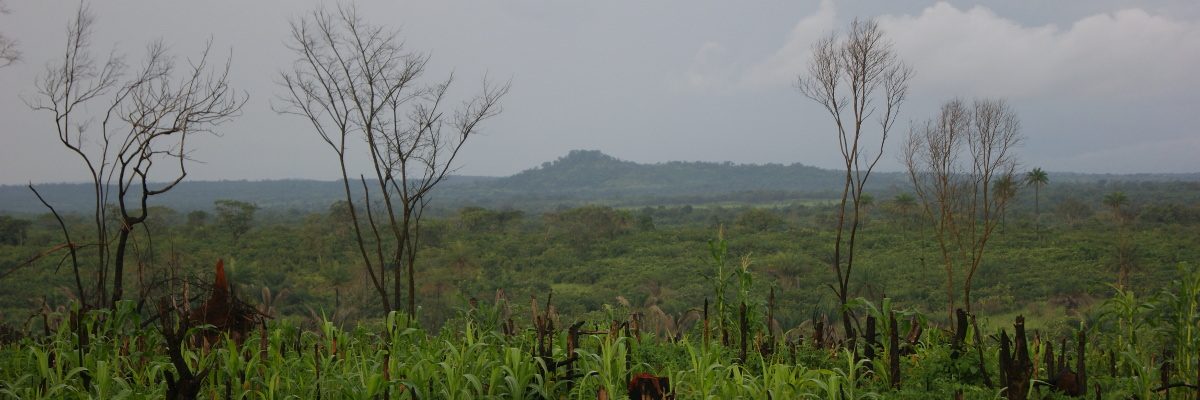Guinea Conakry
Entrepreneurs du Monde's program in Guinea Conakry
Guinea Conakry's geographical, historical and economic setting
13 millionsinhabitants
178/189thHDI ranking
43%of the population lives in extreme poverty
Guinea, also called Guinea-Conakry, after its capital, in order to be distinguised from Guinea-Bissau and Equatorial Guinea, is a country located on the West African Atlantic coast. It is bordered by Guinea-Bissau, Senegal, Mali, Ivory Coast, Liberia and Sierra Leone.
Former French colony, it is the first African country to have sought and obtained its independence on October 2nd, 1958.
Sometimes called “a geological scandal”, Guinea-Conakry has vast hydrographic resources (the water tower of Africa) and a rich mining potential (a third of the world’s reserves of bauxite, gold, diamonds, iron, manganese, zinc, cobalt, nickel and uranium), largely under-exploited. Political instability between 2009 and 2013 considerably damaged Guinea’s economy: weak growth, rising inflation, doubling of the budget deficit.
The agricultural sector employs a large proportion of the population. Rice, coffee, mangos and citrus fruits are grown. Millet and fonio are the main crops in the Upper Guinea region, whereas in the Koundara region, groundnut is commonly grown. Rice is cultivated in flooded areas along the riverbanks. Traditional crops, such as cassava, are still widely grown around people’s homes.
The environment is preserved thanks to the low population density and limited industrialisation. However, the country is still threatened by deforestation and pollution (due to mining activities, the non-treatment of waste water…).
Entrepreneurs du Monde in Guinea-Conakry
Entrepreneurs du Monde launched Wakili in Guinea-Conakry, a social microfinance programme. Its aim is to sustainably improve the living conditions of households depending on the informal economy.

